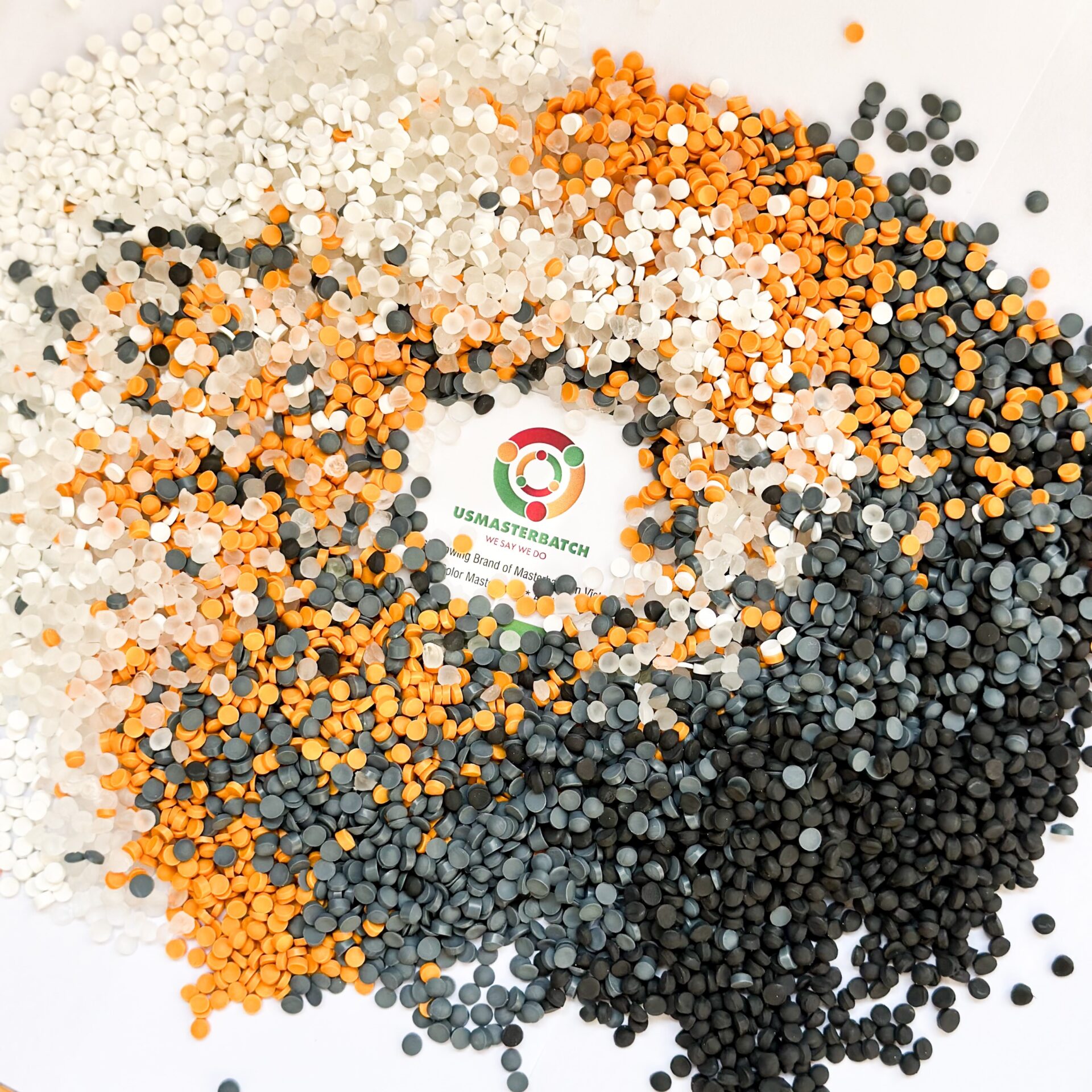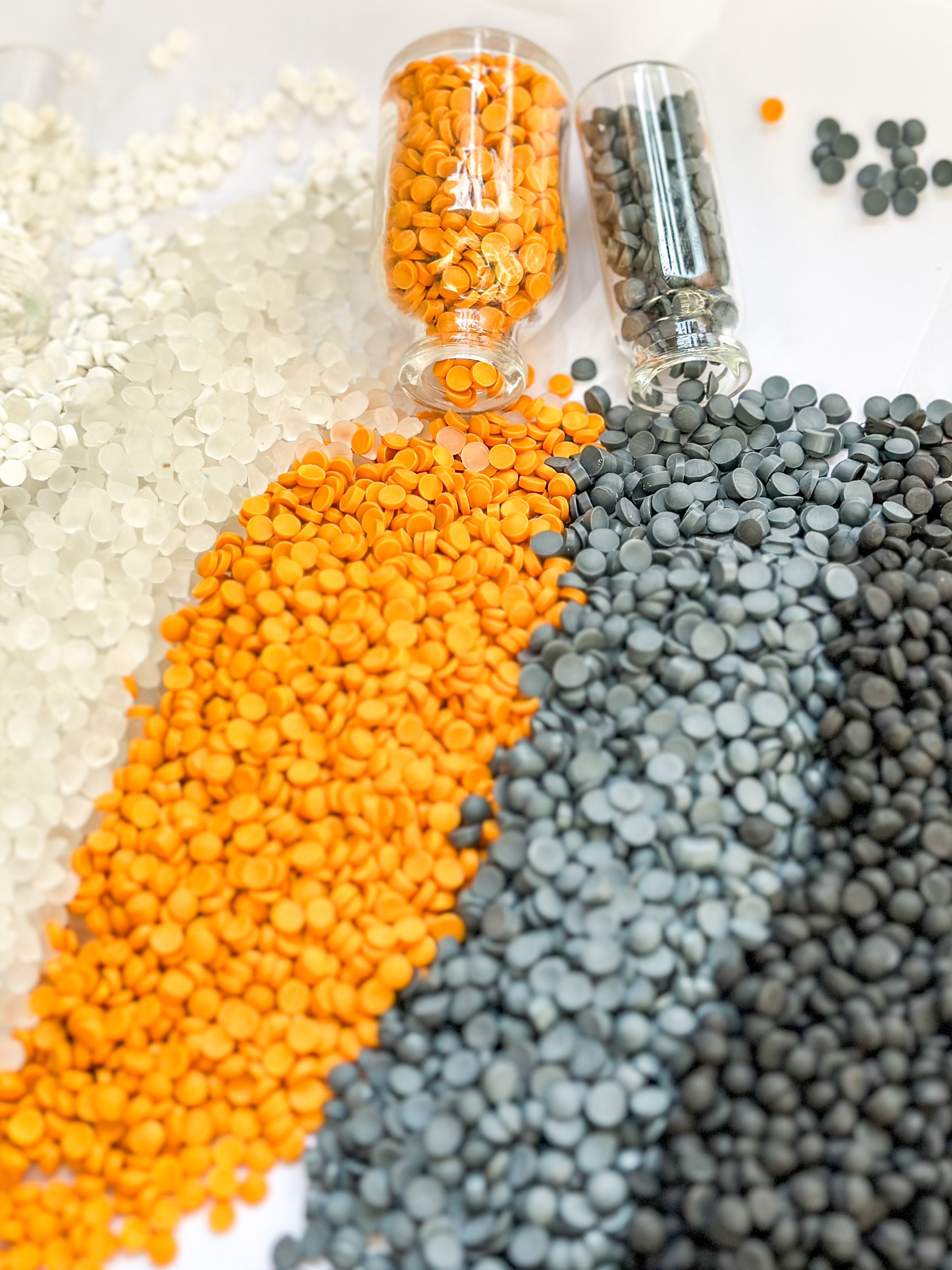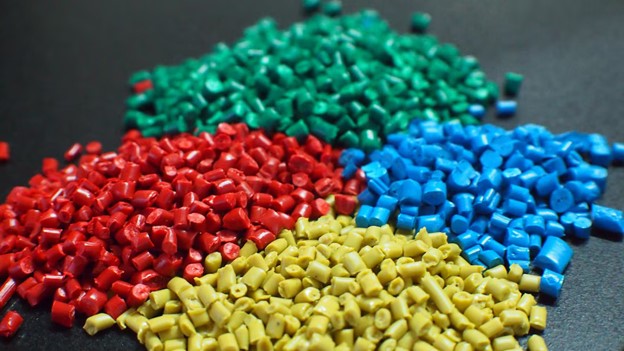PVC Compound in Wire and Cable Applications: A Comprehensive
Polyvinyl chloride (PVC) has emerged as a versatile and widely used material in the manufacturing of wires and cables. The demand for efficient and durable electrical and communication infrastructure has driven the adoption of PVC compounds in these applications. This article delves into the properties, processing, and applications of PVC compounds in wire and cable manufacturing, highlighting their significance in various industries.
Ảnh minh họa
I. Understanding PVC Compound:
Polyvinyl chloride, commonly known as PVC, is a synthetic polymer that exhibits remarkable versatility due to its unique properties. PVC compounds are created by blending PVC resin with additives to achieve specific characteristics. The resulting compound offers a balance of electrical, mechanical, and thermal properties, making it ideal for wire and cable applications.
II. Properties of PVC Compound in Wire and Cable Applications:
Electrical Properties:
PVC compounds boast excellent electrical insulation properties, making them suitable for use in wires and cables. The high dielectric strength of PVC ensures effective insulation, preventing electrical leakage and ensuring the safe transmission of power.
Mechanical Properties:
The mechanical strength and flexibility of PVC compounds contribute to their widespread use in cables. PVC-insulated wires exhibit good tensile strength and flexibility, allowing for easy installation and durability in various conditions.
Thermal Properties:
PVC compounds exhibit favorable thermal stability, enabling them to withstand a range of temperatures. This characteristic is crucial in wire and cable applications where the materials may be exposed to both high and low temperatures during operation.
Chemical Resistance:
PVC compounds display resistance to a wide range of chemicals, including acids and alkalis. This property enhances the longevity of wires and cables, especially in industrial settings where exposure to harsh chemicals is common.
III. Processing of PVC Compounds:
The manufacturing process of PVC compounds involves several steps, each crucial to achieving the desired properties for wire and cable applications.
Raw Material Selection:
The process begins with the selection of high-quality PVC resin. The choice of additives, such as plasticizers, stabilizers, and fillers, is critical in tailoring the compound’s properties to meet specific application requirements.
Mixing and Blending:
PVC resin is mixed with additives using specialized equipment. This process ensures uniform distribution of additives, resulting in a homogenous compound with consistent properties.
Extrusion:
Extrusion is a key step in transforming PVC compounds into the final form required for wires and cables. The compound is heated and passed through an extruder to form the desired shape, whether it be insulation or sheathing for cables.
Cooling and Cutting:
The extruded material is then cooled and cut into specific lengths. This step is crucial in achieving the desired dimensions and ensuring the uniformity of the final product.
IV. Applications of PVC Compounds in Wire and Cable Manufacturing:
Building and Construction:
PVC-insulated wires find extensive use in building wiring due to their fire-retardant properties and ease of installation. They are employed in a variety of applications, including power distribution and lighting.
Telecommunications:
PVC compounds play a crucial role in the telecommunications industry, where they are used in the production of communication cables. The insulation properties of PVC are essential for ensuring signal integrity.
Automotive Industry:
PVC-insulated wires are commonly used in the automotive sector for wiring harnesses. The flexibility and durability of PVC compounds make them well-suited for the dynamic and challenging environments within vehicles.
Industrial Applications:
In industrial settings, PVC-insulated cables are preferred for their chemical resistance and robustness. They are utilized in various applications, including control and instrumentation cables.
Power Transmission and Distribution:
PVC compounds are widely used in power cables for their excellent electrical insulation properties. They contribute to the efficient transmission and distribution of electrical power over long distances.
Environmental Considerations:
While PVC compounds offer numerous advantages, environmental concerns have been raised due to the use of chlorine in PVC production. Efforts are being made to develop more sustainable alternatives and recycling initiatives to mitigate the environmental impact of PVC compounds.
V.Challenges and Innovations:
Fire Retardancy:
Enhancing the fire-retardant properties of PVC compounds is an ongoing area of research and development. Innovations in flame-retardant additives aim to improve the safety of PVC-insulated cables, especially in critical applications.
Sustainability:
The industry is exploring sustainable alternatives and recycling methods to address the environmental impact of PVC compounds. Bio-based plasticizers and recycling initiatives are some of the approaches being considered.
VI. Regulatory Compliance:
Compliance with industry standards and regulations is imperative in the manufacturing of PVC compounds for wire and cable applications. Adherence to standards ensures the safety and reliability of the produced materials.
VII. Future Outlook:
The demand for wires and cables is expected to grow with the expansion of infrastructure projects, urbanization, and technological advancements. As a result, the use of PVC compounds is likely to persist, with ongoing research focusing on improving sustainability and addressing environmental concerns.
VIII. Conclusion:
PVC compounds have become integral to the wire and cable industry, providing a cost-effective and reliable solution for various applications. Their unique combination of electrical, mechanical, and thermal properties has positioned PVC compounds as a material of choice. Ongoing research and innovations aim to address environmental concerns and further enhance the performance of PVC compounds in the dynamic field of wire and cable manufacturing.








